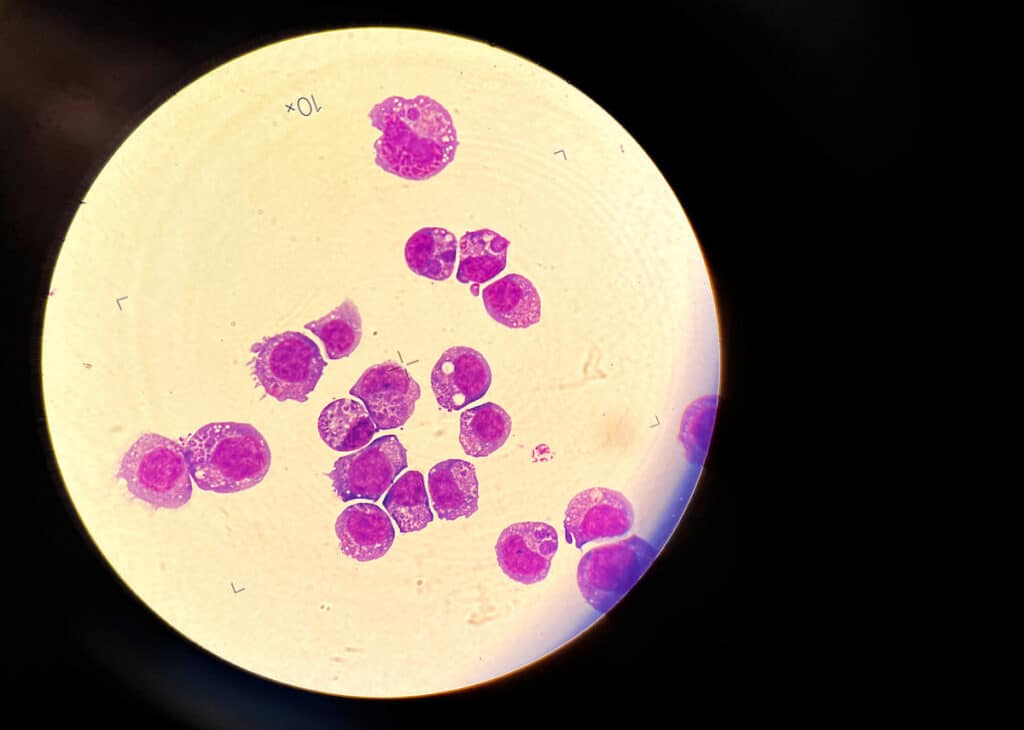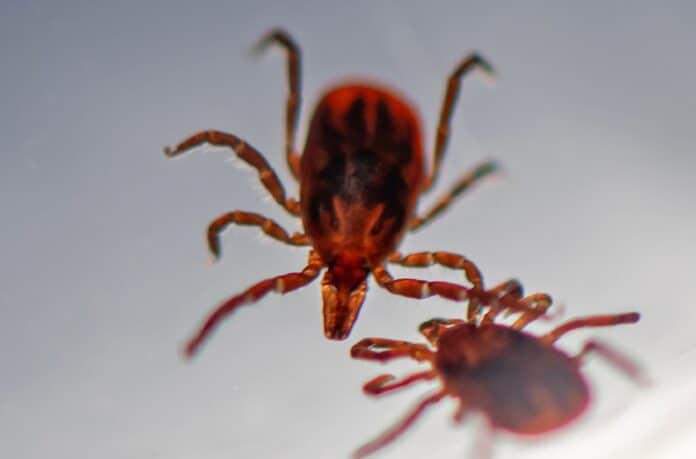A study led by researchers at Washington State University found that an essential protein that helps a harmful bacteria, which causes anaplasmosis, thrive in ticks before infecting humans. They studied a bacteria called Anaplasma phagocytophilum, which can be passed from ticks to humans. They discovered a protein that the bacteria releases, crucial for its survival and spread within tick cells.
This discovery, published in the journal mBio, could lead to a better understanding of how these bacteria survive in ticks. It might also help develop ways to stop transmitting other tick-borne diseases to people and animals.
Jason Park, the study’s corresponding author and an assistant research professor in WSU’s College of Veterinary Medicine, said, “If we can unravel the mechanisms at play here, we might be able to block this protein and stop ticks from spreading the bacteria to people – we could break that whole transmission cycle.”
Ticks are becoming a bigger problem for people and animals in the U.S. and worldwide. Most studies on the bacteria they carry have focused on animals and people rather than how they survive and spread inside ticks.
Anaplasma phagocytophilum is a bacterium that causes anaplasmosis, a disease that ticks can transmit to humans through their bites. This disease can make people sick with symptoms like fever, headache, and muscle aches, and it’s treatable with antibiotics.
Over the past 20 years, cases of anaplasmosis in the U.S. have significantly increased, from 348 points in 2000 to 5,655 cases in 2019, according to the Centers for Disease Control and Prevention. But there could be even more cases that have yet to be reported.
Anaplasmosis is becoming more common and is a growing concern. Ticks get the bacteria by feeding on infected animals. Inside the tick, the bacteria’s goal is to get into the tick’s salivary glands to infect the next animal the tick bites, continuing the cycle.

Researchers discovered that the bacteria use a particular protein called AteA to change the cells inside ticks. This protein helps the bacteria survive inside ticks by interacting with the cells’ structural support called cortical actin.
Interestingly, once the bacteria get into a mammal like a human, the protein AteA no longer seems necessary. This suggests that AteA is designed explicitly for the bacteria’s survival in ticks. Researchers believe other proteins besides AteA might help the bacteria survive in ticks.
They are trying to figure out how the bacteria know when it’s in a tick versus a mammal and what genetic switches are involved. They received a $275,000 grant from the National Institutes of Health to find ways to stop the bacteria from spreading within ticks. This could be a way to prevent the disease instead of treating it after someone gets infected.
This research underscores the significance of studying tick-borne diseases at their source within ticks. It highlights the potential for innovative approaches to mitigate their impact on human and animal health.
Journal reference:
- Jason M. Park, Brittany M. Genera et al., An Anaplasma phagocytophilum T4SS effector, AteA, is essential for tick infection. mBio. DOI: 10.1128/mbio.01711-23.
